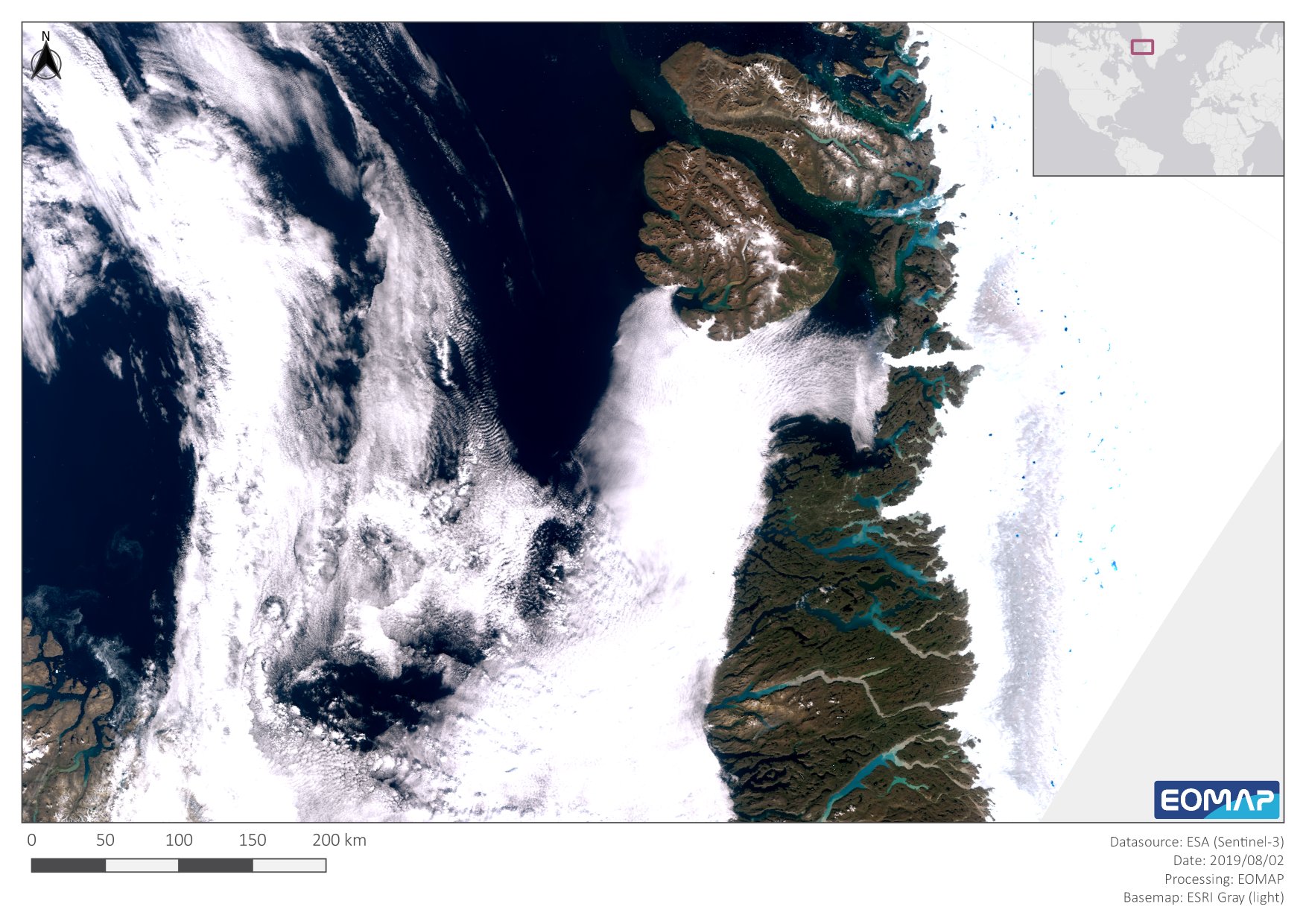Sentinel-3A was launched on February 16th 2016 and delivered its first image only two weeks later, on February 29th. With 2020 being a leapyear as well, we want to take the chance to celebrate its fourth anniversary with some of our favourite images from all over the globe. Have a look!
Latest EOMAP News
Related Posts

12 / 2025
A short recap of 2025

05 / 2025
Planet contract: Supporting Germany’s water monitoring

03 / 2025
German Innovation Prize 2025 – EOMAP listed among top 3

03 / 2025
Deutscher Innovationspreis 2025 – EOMAP unter den top 3

02 / 2025
Fugro acquires EOMAP

02 / 2025
Fugro erwirbt EOMAP

12 / 2024
A short recap of 2024

12 / 2024
COASTS – Projekt für widerstandsfähigere Küsten-Ökosysteme gestartet

12 / 2024
COASTS project launched to enhance coastal resilience and blue carbon ecosystems

09 / 2024









